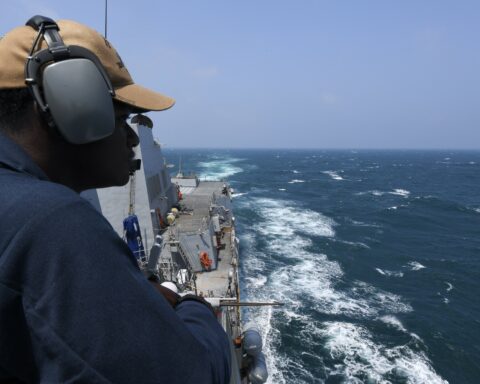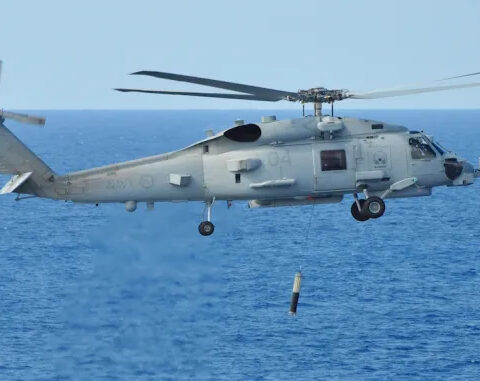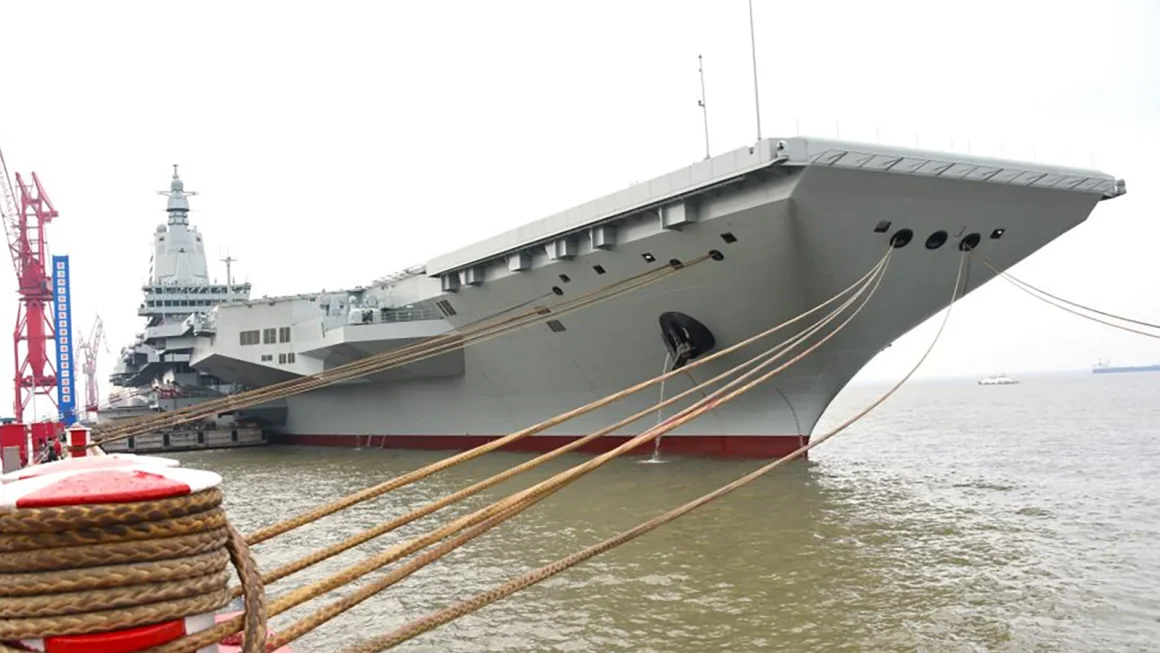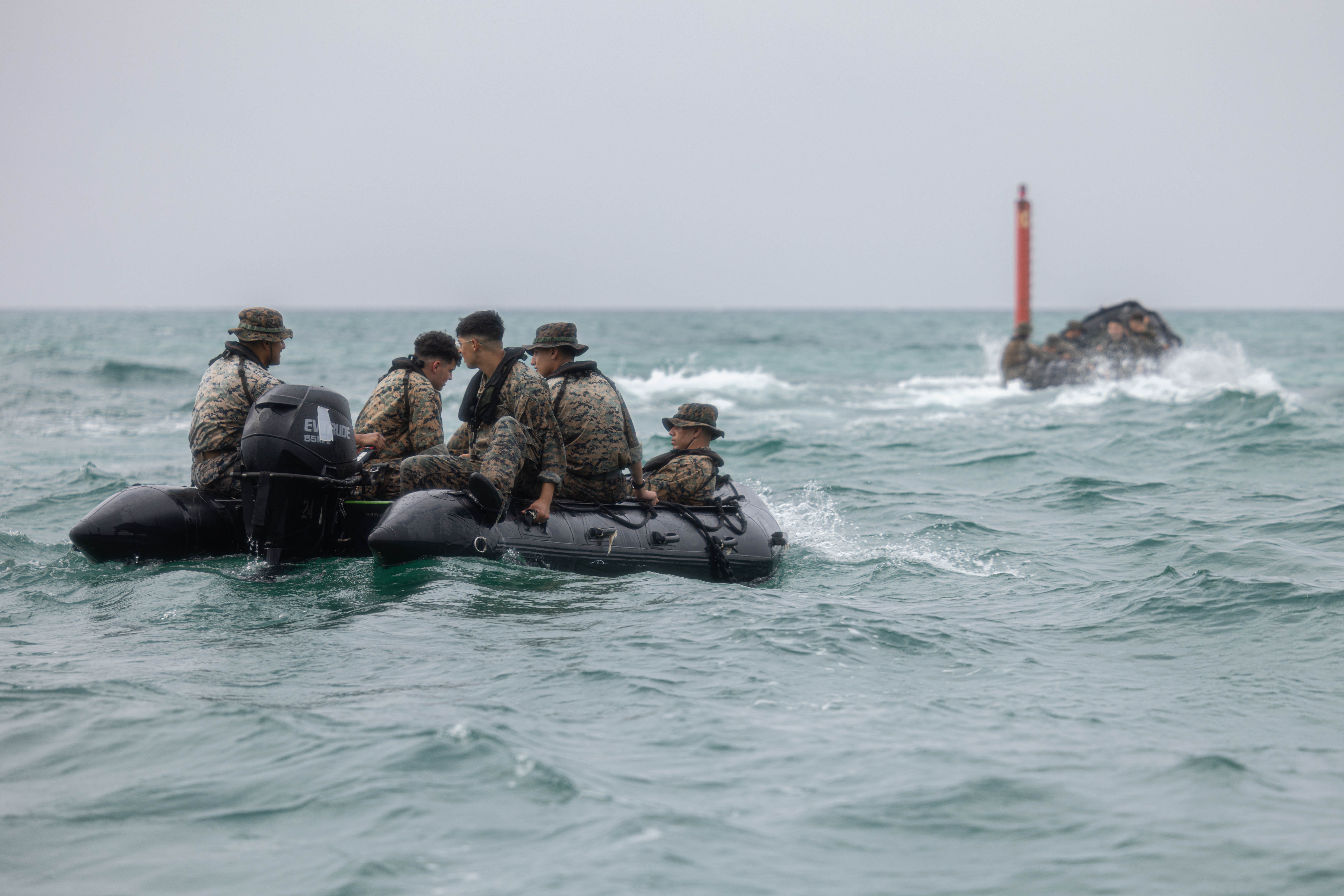
The Pentagon needs to make the most progress in logistics to counter China, Marine Corps commandant Gen. David Berger said Tuesday.
“My focus is logistics, logistics, logistics,” he said at the Brooking Institution event. In the past, “we haven’t needed to protect our lines” of supply and communication. The Marine Corps’s need to be “more naval …. [lighter], more distributed” was a key lesson learned from war games that he participated in when Adm. Harry Harris served as commander of U.S. Pacific Command.
The games showed that “even our prepositioning posture was built for a different time,” Berger said. The war games highlighted the need for an alternative to a land-based force.
In looking to the future, Berger said logistics planning in this environment must grow not only to better control stocks and distribution, but also to keep tabs on operations and levels of equipment.
He added that U.S. Transportation Command also has put logistics at the top of its priority list to support the joint force.
At a Center for Strategic and International Studies forum a year ago, TRANSCOM commander Air Force Gen. Jacqueline VanOvost noted that an increased pace requires machine learning and artificial learning to better harness the streams of data coming in. Turning that data into knowledge “will give us time and space to give commanders options.”
Berger, whose tenure as commandant ends in July, said the approach to logistics is “it can’t be a chain; it has to be a web.”
For redundancy, “the industrial base matters,” he added.
On shipping, Berger used the example of the Landing Ship Medium to explain how the Pentagon’s acquisition process can delay a required platform. He described the process as one that sends a project like the LSM through so many steps, in which new “super expensive” weapons are added to the concept that raise the cost but eventually are rejected. In the end, he said ”you lose a year” in delivery.
“We need medium ships to move things around … we’ve got to move quickly,” he said.
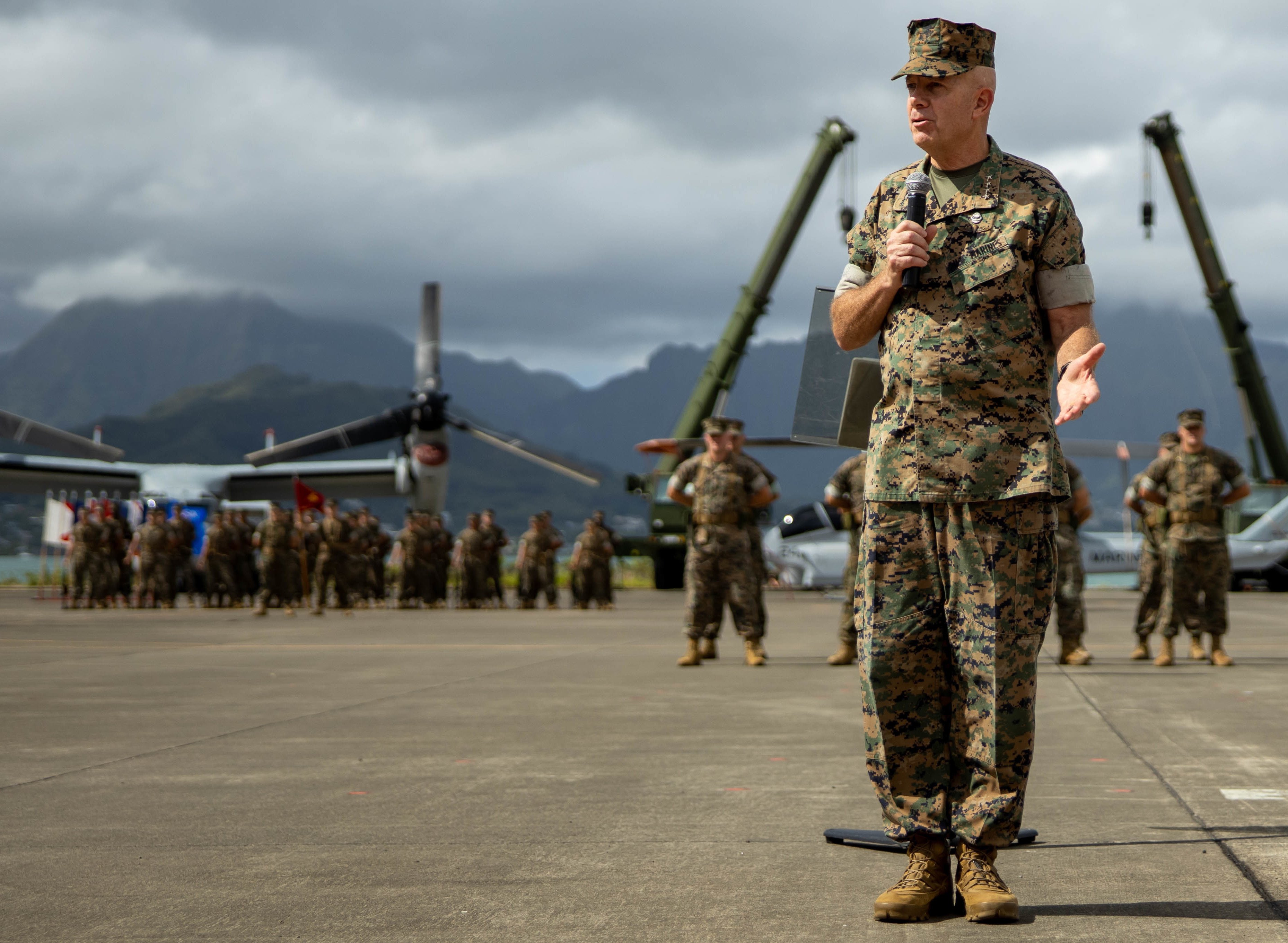
The process is “not satisfactory” when speed is essential. The Marine Corps plans to buy between 18 to 35 of these vessels for intra-theater operations. The Fiscal Year 2024 budget is seeking about $15 million in program research and development funding for the program.
Berger added that allies like Japan, Australia and the Philippines recognize the changes required for their security in the Indo-Pacific.
He cited Japan’s push to accelerate its defense expansion, budget priorities and positioning of its forces to work more with Americans.
Berger pointed to the revised defense pact between Washington and Manila as a sign that the Philippines pushing to make changes, while Australia is seeking to build nuclear-powered submarines through the technology sharing agreement known as AUKUS.
“There is a different approach to posture,” the commandant said.
Berger praised his predecessor, Gen. Robert Neller, for concentrating on improving Marine readiness for a changed world of great power competition after 20 years of ground combat in Afghanistan and Iraq. As to whether the Marines are still “the nation’s 9-1-1 force” and also ready for high-end conflict, he said, “we can walk and chew gum at the same time.”
When asked about the origins of concepts in Force Design 2030, Berger said: “these are not my ideas,” but are required to meet changed conditions. He referred to long-range strike, new formations like the Marine Littoral Regiments and rebuilding integrated air defense for distributed operations as important tenets of force design.
From the beginning, the Marines planned to experiment by moving concepts straight to the fleet. That meant Marines “can move faster” to determine what works and what doesn’t.
The Marine Corps intentionally submitted flat-line budget requests “to prove we are frugal” in implementing dramatic change, he added. In those first years, “Congress gave us more” when lawmakers saw that the Marine Corps was drawing “from our own piggy bank.”
Berger said that changed for Fiscal Year 2024, when the Marine Corps requested $255.8 billion, about $11 billion over last year’s approved budget.
He added that he expects his successor to build on Force Design 2030 because much of what it envisions is already occurring.
“I probably did not talk enough about what was not going to change” in the Marine Corps during that first year. Much of the criticism centered on eliminating Marine armor units and divesting heavy weapons to make the force lighter for combat in the littorals.



